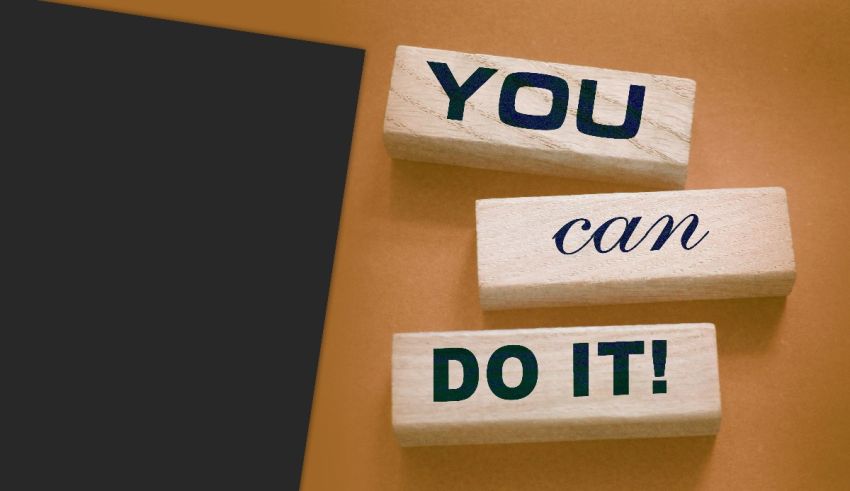
Leadership Style Quiz Explained
Also known as Kurt Lewin Model Analyzer, the Leadership Style Quiz is a management typology tool. It determines if the participants are Autocratic, Democratic, Transformational, or Laissez-Faire leaders.
According to Kurt Lewin’s Leadership Model, leaders are of four types: 1) Those who take full responsibility, 2) Those who include everyone in managerial processes, 3) Those who prepare the team to become autonomous, and 4) Those who give full autonomy to the team from the very beginning.
The current test analyzes your behaviors as an executive to determine which style fits you.
| Leadership Style | Emphasis |
| Autocratic | High task emphasis |
| Democratic | High emphasis on tasks and people |
| Transformational | High emphasis on people |
| Laissez-Faire | Low emphasis on tasks and people |
Suggested Quiz for You: Should I Quit My Job?
What Is Your Leadership Style?
Your leadership style is the way you feel comfortable managing a group of people or a project. And it is determined by your emphasis on tasks or people. If you prioritize tasks, you’re an Autocratic or Laissez-Faire leader, and if you prioritize people, you’re a Democratic or Transformational leader.
On Kurt Lewin’s Leadership Chart, low emphasis on tasks and people results in Laissez-Faire management. A slightly higher emphasis on tasks with a low emphasis on people causes Autocratic leadership. A higher emphasis on people with a lower focus on tasks, however, leads to a Transformational style. And high emphasis on both people and tasks creates Democratic management.
How to Know Your Leadership Style?
To discover your supervising style, determine your communication style, task distribution method, decision-making process, goal-setting approach, and responsibility acknowledgment. These factors reveal what type of leader you are, and here’s how to interpret them.
1. Autocratic
Autocratic Leadership is when the person in charge makes all decisions, settles the roles, and takes full responsibility for the outcome. A leader with this style is a quick decision-maker who wants a compliant and loyal team that follows their instructions.
2. Democratic
Democratic Leadership is the process of involving the team in managerial processes, such as goal-setting, decision-making, and task distribution. A leader with this style wants a creative team that helps lead the project and engages in the entire process from start to end.
3. Transformational
In Transformational Leadership, the manager models the behavior they want to see. They set clear goals and explain the vision, offering unconditional support for all teammates. But such a leader’s goal is to create future leaders who can perform independently without excessive reliance on the leader.
4. Laissez-Faire
The philosophy of Laissez-Faire Leadership is having a team that leads itself. A leader with this style is more concerned with assembling the best-performing group and giving them the right tools rather than micromanaging all their moves.
Take This Management Quiz to See How You Lead
Do you still want to know what your leadership style is? If yes, take this 20-question management quiz to find the answer. It analyzes all aspects of managing a team or project to determine if you’re an Autocratic, Democratic, Transformational, or Laissez-Faire leader.
By the way, if you like this test, try What’s My Dream Job next. It reveals if becoming a leader is the right career choice for you.































